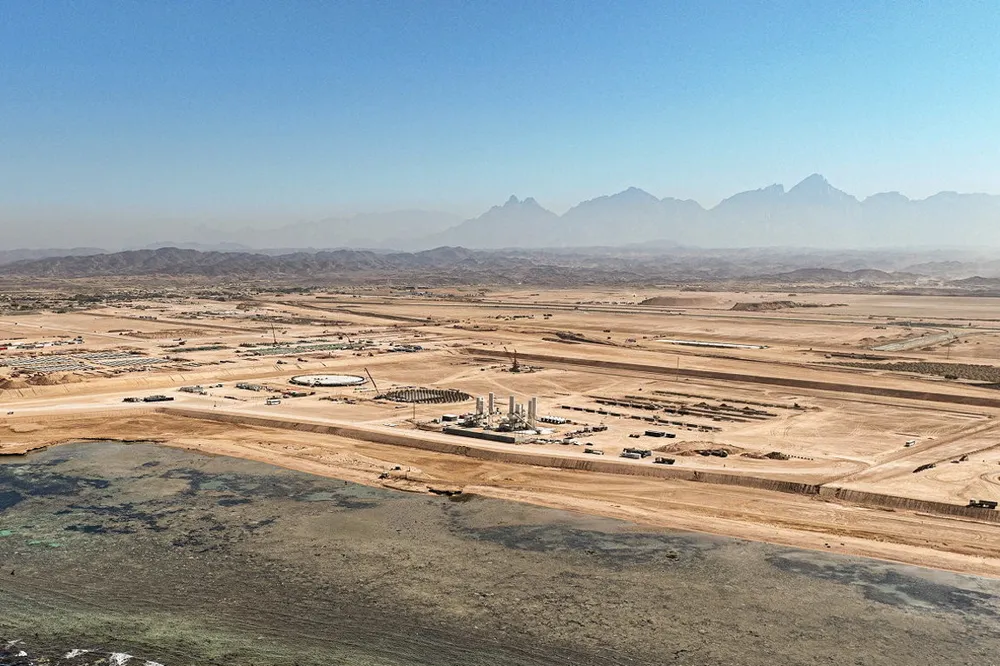ANALYSIS | Are the Middle East's biggest potential clean hydrogen exporters on track for 2030?
Governments have announced major targets, with increasing activity when it comes to funding projects overseas, writes Polly Martin ahead of the World Hydrogen MENA conference
